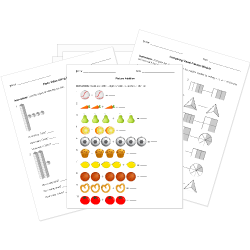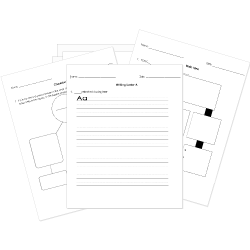Common Core Standard HSG-SRT.A.3 Questions
Use the properties of similarity transformations to establish the AA criterion for two triangles to be similar.
You can create printable tests and worksheets from these questions on Common Core standard HSG-SRT.A.3! Select one or more questions using the checkboxes above each question. Then click the add selected questions to a test button before moving to another page.







